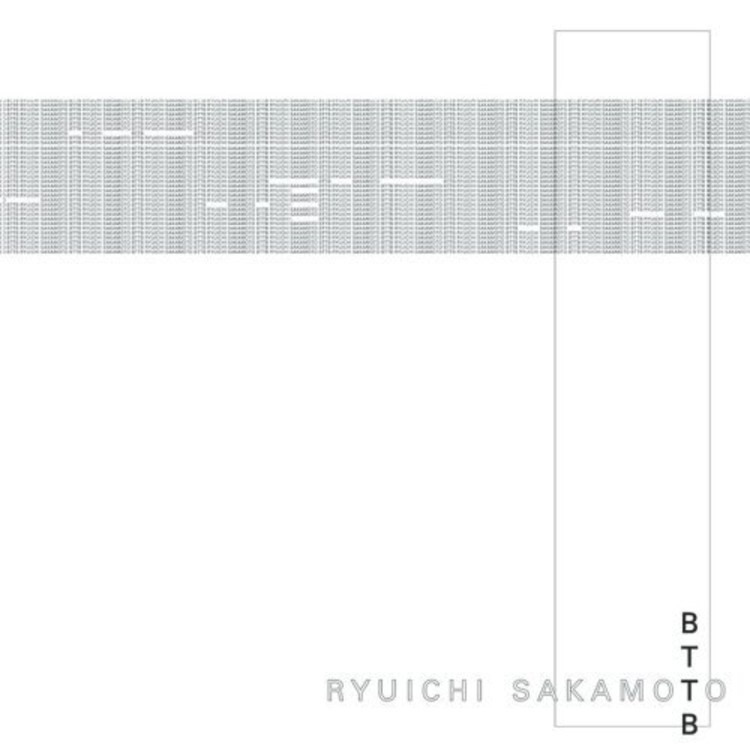
As Mr. Betsky asserts, “Robots, connected computers, miniaturization, and etherization are taking the work out of both the social and the physical sphere.” But isn’t this just a fantasy because this has not yet happened on a large enough scale to produce a true paradigm shift? Or, if the shift has happened, then where is everybody rushing off to on the Monday morning commute? And what are all those buildings jammed in-between the roads for? Most of them seem to be for work as opposed to play.
We may all float in and out of working networks as we move around, untethered to carpeted cubicles, telecommuting, flex-timing, logging in at all hours, but we are still and will primarily be working in places designed by architects—often without access to sunlight, fresh air, or nature of any sort.














.jpg?1375481847)



